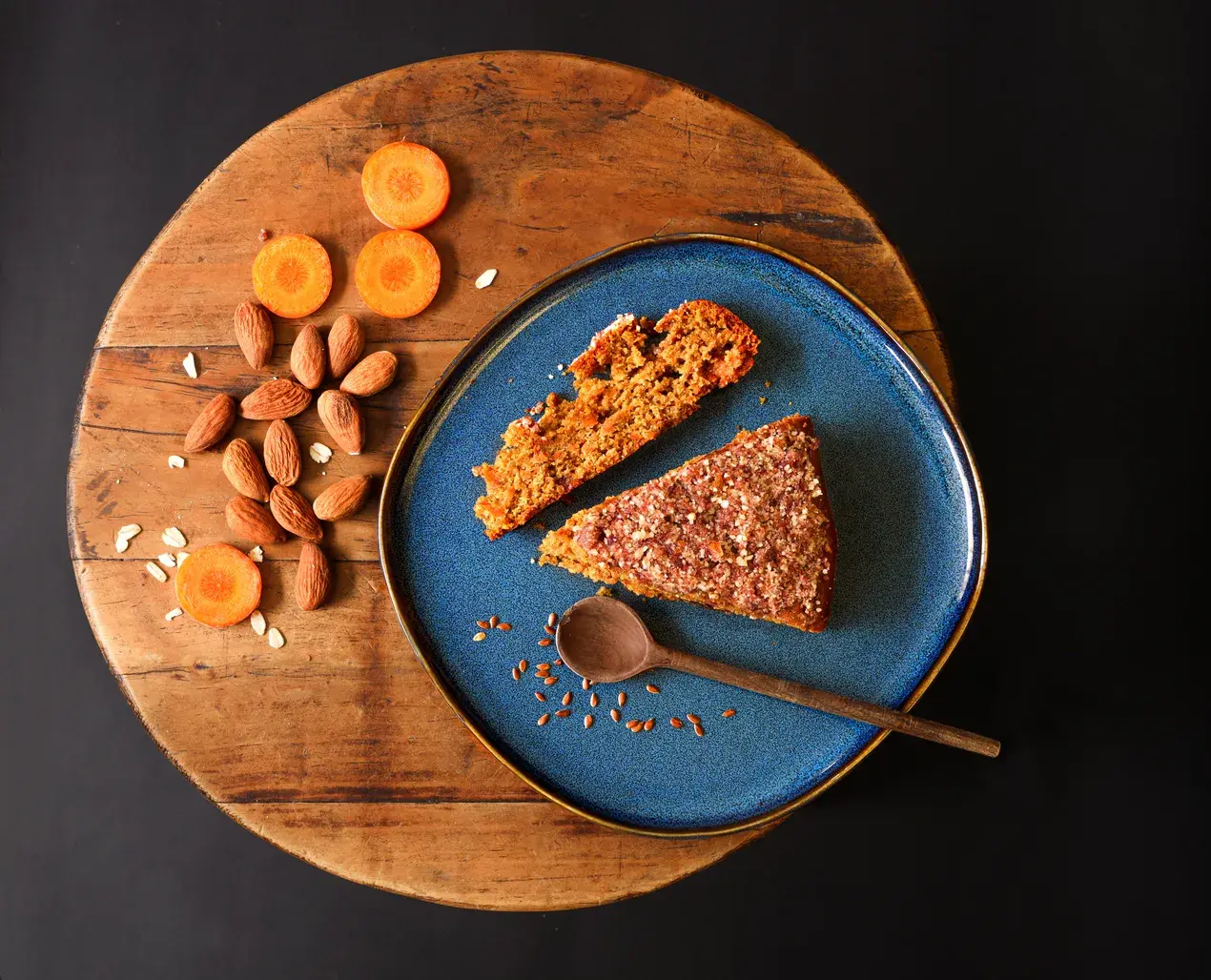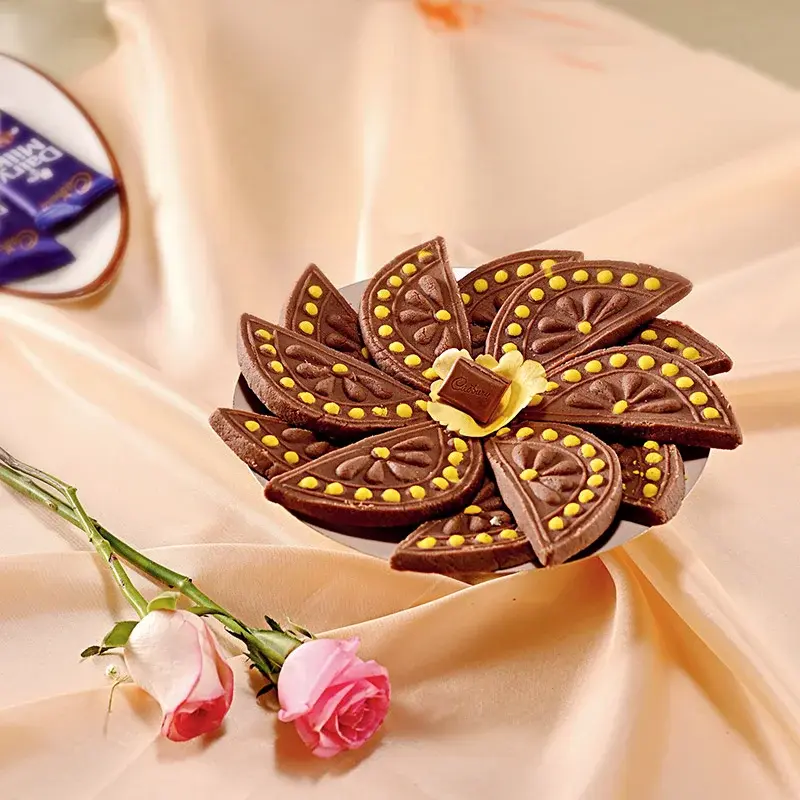Waffles are a global favorite. Their simple batter allows for endless experimentation, as do the toppings. Here’s where it all started.

Waffles are a global favorite. Their simple batter allows for endless experimentation, as do the toppings. Here’s where it all started.
The waffles, a distinctly Western dessert, has its origins in ancient times, dating back to about 4,000 years in the past. At that time, hot cakes were cooked on heated stones and flipped so that both sides were equally cooked. During the Iron Age, hot iron plates or griddles were used. Batter was put between them and cooked on both sides. In ancient Greece. Athenians cooked obelios, which were flat cakes made between two metal plates. In the 1200s, a craftsman designed cooking irons, into which the batter was poured. The irons were pressed together and cooked over an open fire. The old French word ‘guafre’ was translated to the Old English word ‘wafla,’ which then led to ‘wafle’. It was the British who added the second ‘f’ to the name, giving the waffles their modern day spelling.

The word ‘waffle’ is also related to wafer, referencing the Communion wafers present during Christian fasts. In the Middle Ages, the Catholic Church made waffles to serve with the Communion wafer. These waffles were branded with Biblical scenes, crosses and other religious symbols.
During this time, iron plates were used to cook treats. Outside of churches, they were often engraved with coats of arms of powerful families, honeycombs or symbols of love, which the food was branded with. As the Crusaders traveled the world and brought back spices and novelty foods with them, the taste of waffles also began changing and evolving.
From peasants to royalty, all sections of society enjoyed waffles and they were commonly sold by street vendors. They were cooked on an open fire with iron plates that had long handles. The lower classes essentially made a batter using flour and water. But the privileged classes added eggs, milk and honey, leading to a delicious dish. Over time, the iron plates became deeper and waffles got their height.
The Netherlands is mainly responsible for the current popularity of the waffles. Dutch wafelers were the first to give the dish a rectangular shape instead of the circular one, which influenced present day waffles.
Waffles reached the US through the Pilgrims in 1620. Later, around 1789, Thomas Jefferson apparently brought a waffle iron home from France. In the 1800s, especially in the South, one would find Waffle Frolics or parties, the highlight of which were the waffles. Guests would enjoy their waffles with sweet syrup or a savory kidney stew. The Southern favorite chicken and waffles also came about during this time.
In 1869, Cornelius Swarthout, a Dutch-American, was granted a patent for the first ever waffle iron in the US. It was granted on 24 August, which is now celebrated as National Waffle Day in the US.
In 1911, Thomas J. Stackbeck invented the first commercial electric waffle iron for General Electric, and by the 1930s, the electric waffle iron soon replaced the stovetop griddle, and became a staple in American kitchens.
In the mid-1930s, the Dorsa brothers invented the instant waffle mix. In 1970, Kellogg bought the company and later introduced the now-famous slogan “Leggo My Eggo”. Waffles soon became a popular breakfast dish, enjoyed, like pancakes, with honey or maple syrup.

Later, in 1964, Belgian waffles debuted at the New York World’s Fair in Queens. A vendor called Maurice Vermersch sold his wife’s recipe of Brussels waffles, which were yeast waffles. He changed the name to Belgian waffles since that would be easier and more catchy. In Brussels, waffles are a street food, served only with a sprinkling of powdered sugar, not syrup or honey. So the family served their waffles the same way, not even offering forks or other cutlery either to maintain authenticity, but added slices of strawberries and whipped cream as garnish.
Today, as a globally popular dish, the sweet or savory waffles can be customized in numerous ways with a variety of toppings and flavor palettes, from chocolate sauce to fruits and nuts, or even whipped cream. The batter can also be altered, as there are chocolate waffles, red velvet waffles, cheesecake waffles and more, beside the classic plain waffles.
Here’s a simple waffle recipe to make the dish at home:

Ingredients:
- 2 eggs
- 2 cups all-purpose flour
- 1¾ cups milk
- ½ cup vegetable oil
- 1 tbsp white sugar
- 4 tsp baking powder
- ¼ tsp salt
- ½ tsp vanilla extract
Like This Article?
More Like This
Popular Articles





Trending Web Stories
Curated Recipes
















